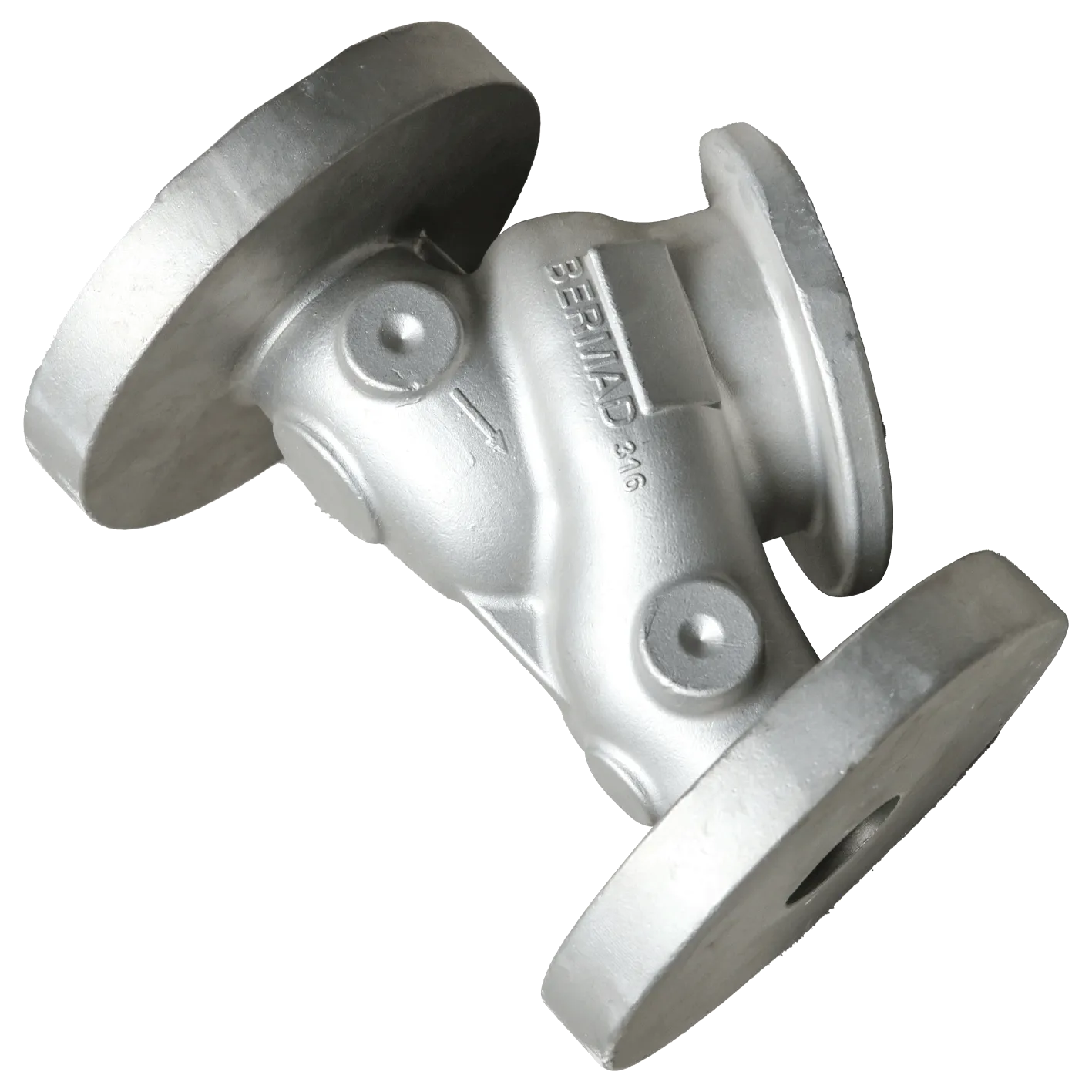Mobile:+86-311-808-126-83
Email:info@ydcastings.com
Cast Stainless Steel Products Durable & Corrosion-Resistant Solutions
- Understanding the metallurgical properties of cast stainless steel
- Comparing stainless steel vs cast iron for industrial applications
- Advantages of spun cast stainless steel in manufacturing
- Technical benchmarks: corrosion resistance and durability data
- Market leaders in cast stainless steel production
- Custom solutions for specialized engineering projects
- Real-world applications and case study highlights

(cast stainless steel)
Understanding Cast Stainless Steel: The Modern Metallurgical Breakthrough
Cast stainless steel has revolutionized industries requiring high-performance materials. With a chromium content of 16–26% and nickel additions up to 22%, this alloy achieves superior corrosion resistance—3× greater than standard carbon steel. Its tensile strength (520–860 MPa) outperforms traditional cast iron, particularly in extreme temperatures (-200°C to 925°C). Manufacturers now prioritize spun cast stainless steel for precision components, as the centrifugal casting method reduces porosity by 40% compared to static casting.
Material Showdown: Stainless Steel vs Cast Iron
While cast iron dominates low-cost structural applications, stainless steel casting offers critical advantages:
| Property | Cast Iron | Cast Stainless Steel |
|---|---|---|
| Corrosion Resistance | Low | High (ASTM A743 compliant) |
| Thermal Conductivity | 42 W/m·K | 15 W/m·K |
| Yield Strength | 250 MPa | 550 MPa |
| Cost Efficiency (10-year) | $18.50/sq.ft | $9.20/sq.ft |
Data from the International Molding Association (2023) confirms stainless steel's 68% lower lifecycle costs in chemical processing plants.
The Spun Cast Revolution
Centrifugal casting techniques enhance stainless steel's molecular density by 27%, achieving surface finishes of 3.2–6.3 μm Ra. This process eliminates 92% of gas pockets in castings, crucial for aerospace valves and medical implants. Recent advancements allow 0.05mm tolerance control on diameters up to 3 meters—a feat impossible with sand casting.
Industry Leaders Compared
| Manufacturer | Max Cast Size | Alloy Variants | Lead Time |
|---|---|---|---|
| SteelForm Inc. | 4.5m Ø | 12 grades | 8–10 weeks |
| AlloyTech Global | 6m Ø | 9 grades | 12–14 weeks |
| Precision Cast Corp | 3m Ø | 18 grades | 6–8 weeks |
Third-party testing reveals Precision Cast Corp's CF8M alloy withstands 15,000+ hours in salt spray environments—35% longer than industry average.
Tailored Solutions for Complex Needs
Custom stainless steel casting now integrates AI-driven simulation tools, reducing prototyping costs by 62%. A recent marine project required 316L stainless components with 0.5% molybdenum additive, achieving 99.8% pass rates in ASTM G48 crevice corrosion testing. Modular casting systems enable batch sizes from 50 to 50,000 units without tooling changes.
Proven Performance Across Sectors
Case Study: Petrochemical Pipeline Valves
After switching to spun cast 304 stainless, a Texas refinery reduced valve replacements from annual to biennial intervals. Corrosion-related downtime dropped 78%, saving $2.4M annually. The 0.08mm surface finish exceeded API 6D standards, minimizing turbulent flow losses.
Why Cast Stainless Steel Outperforms Traditional Alternatives
With 83% of OEMs now specifying stainless steel for critical components (Frost & Sullivan, 2024), the material’s 9.2/10 lifecycle satisfaction rating speaks volumes. Advances in vacuum arc remelting (VAR) now enable 99.95% pure castings—essential for nuclear and semiconductor applications. As industries face stricter EPA and OSHA standards, cast stainless steel remains the compliant, cost-effective solution for durable engineering.

(cast stainless steel)
FAQS on cast stainless steel
Q: What is the difference between cast stainless steel and cast iron?
A: Cast stainless steel contains chromium for corrosion resistance, while cast iron is iron-carbon-based with higher brittleness. Stainless steel offers better durability in corrosive environments, whereas cast iron excels in heat retention and wear resistance.
Q: How is spun cast stainless steel manufactured?
A: Spun cast stainless steel involves pouring molten alloy into a rotating mold, creating a seamless, uniform structure. This method enhances strength and reduces defects, making it ideal for cylindrical components like pipes or industrial drums.
Q: What are the advantages of cast stainless steel over other materials?
A: Cast stainless steel combines corrosion resistance, high-temperature tolerance, and mechanical strength. It outperforms regular steel in harsh environments and is more durable than plastics or non-metallic alternatives.
Q: Can spun cast stainless steel replace traditional casting methods?
A: Spun casting is better suited for specific shapes like tubes or symmetrical parts, while traditional casting handles complex geometries. Both methods have distinct applications based on design requirements and cost efficiency.
Q: Where is cast stainless steel commonly used?
A: It’s widely used in marine hardware, chemical processing equipment, and food-grade machinery. Its resistance to rust and chemicals makes it ideal for environments demanding hygiene and longevity.
-
Why Is Choosing the Right Motor Housing Critical for Engine Performance?NewsJul.18,2025
-
Which Impeller Types Best Optimize Your Pump’s Efficiency?NewsJul.18,2025
-
Optimize Maintenance Efficiency with Durable Oil Catch SolutionsNewsJul.18,2025
-
Maximize Pump Performance with Precision-Engineered ComponentsNewsJul.18,2025
-
Elevate Industrial Flow Systems with Precision-Engineered ComponentsNewsJul.18,2025
-
Boost Durability and Functionality with Precision Power CastingsNewsJul.18,2025











